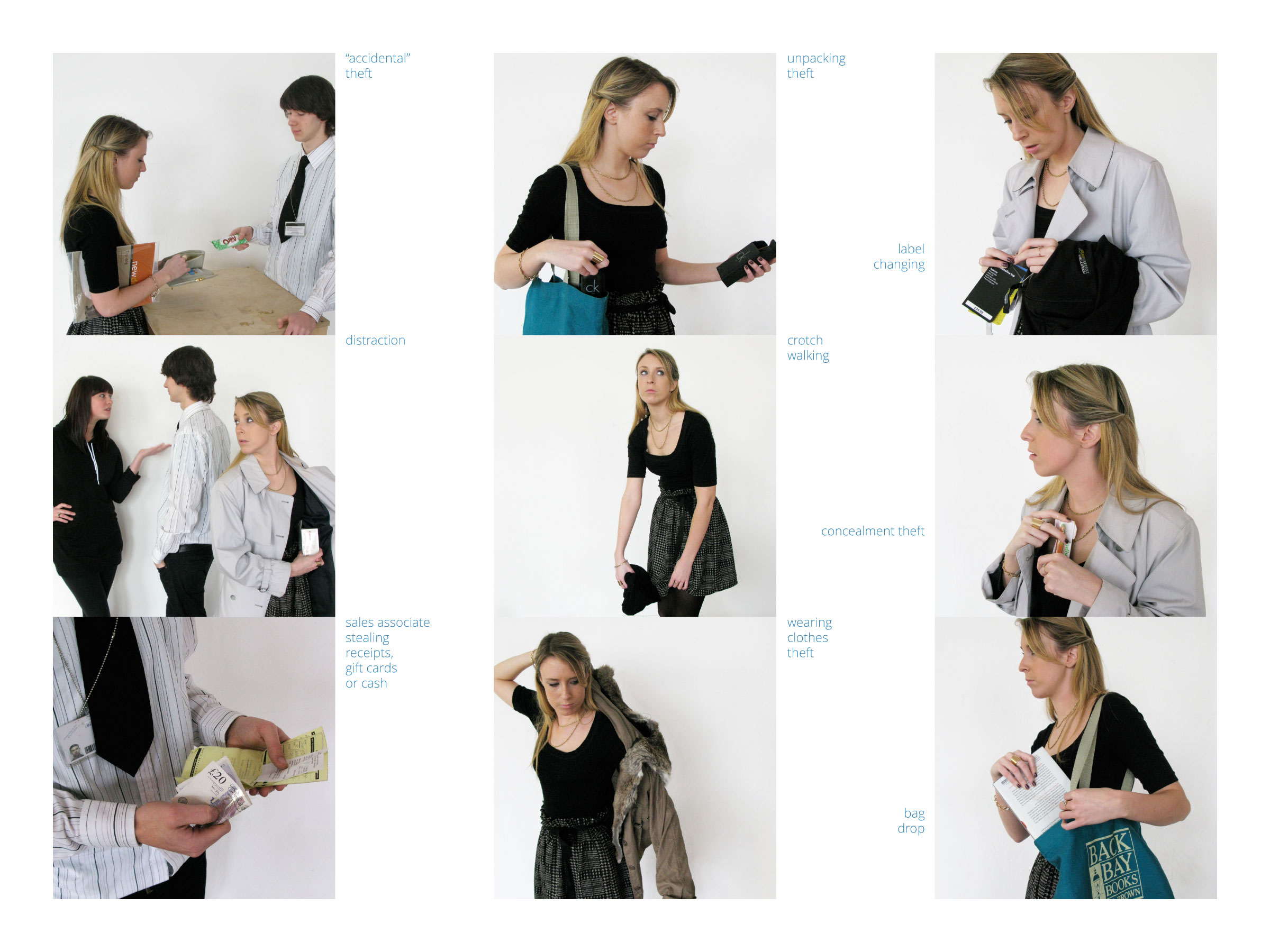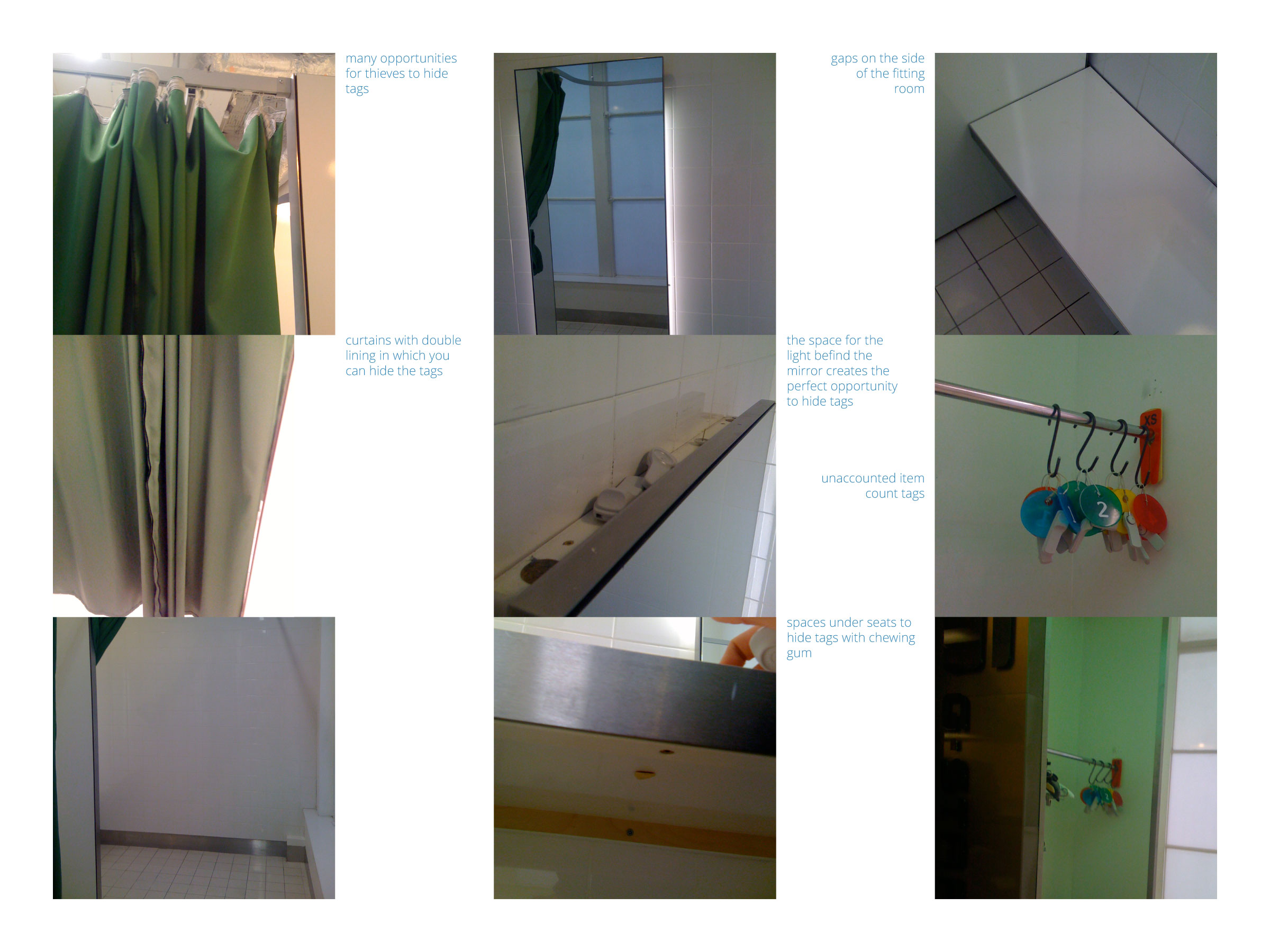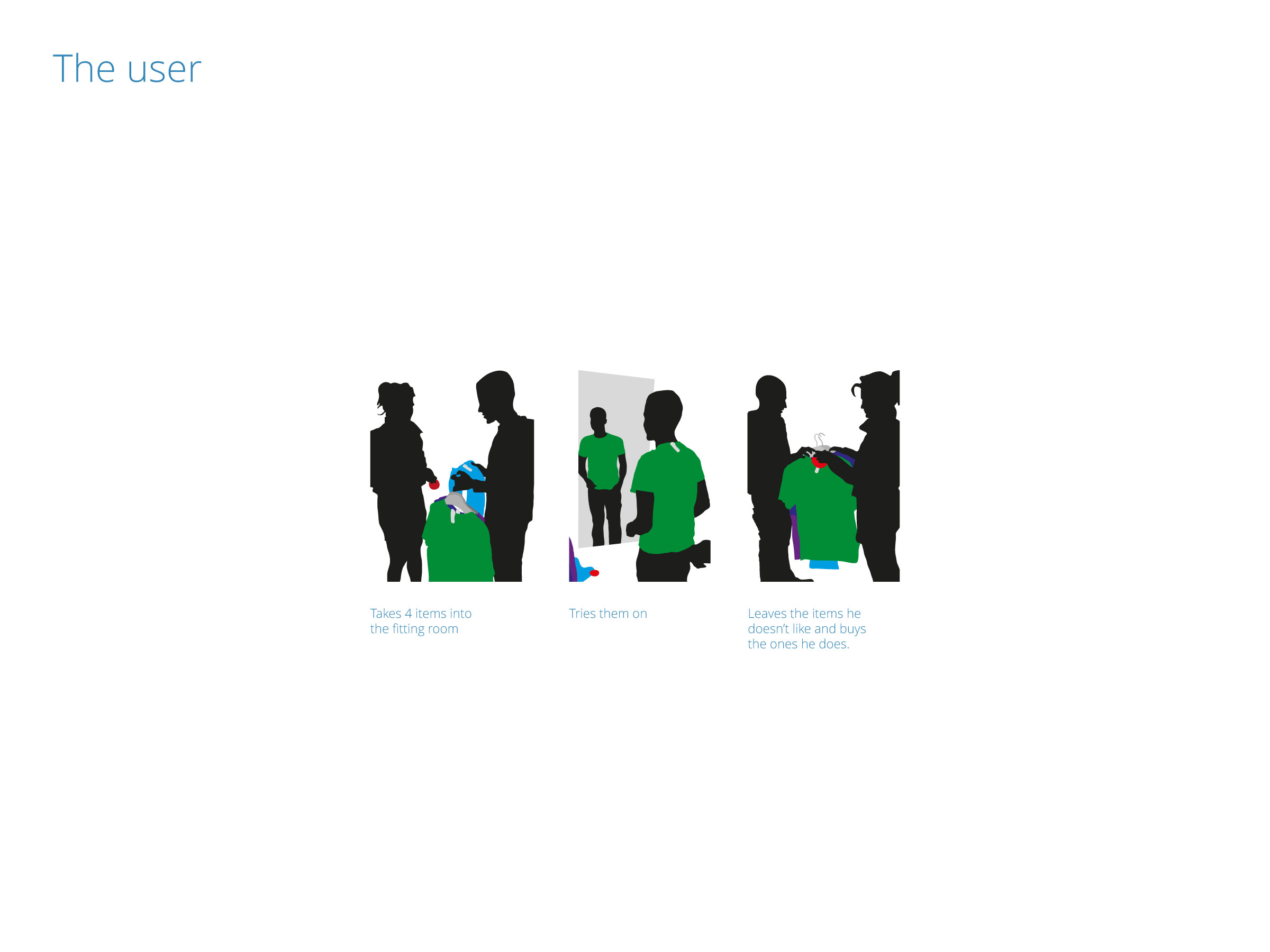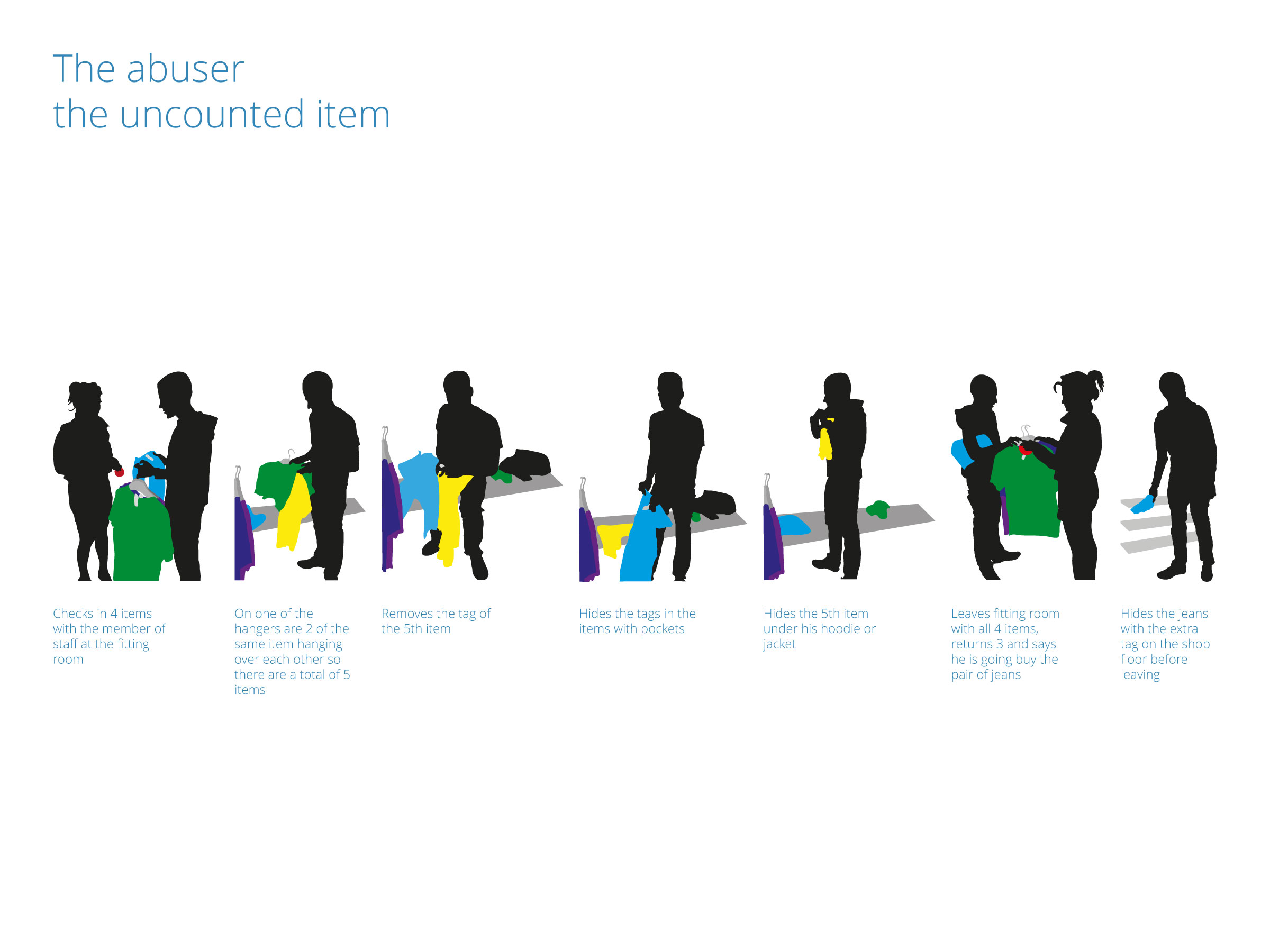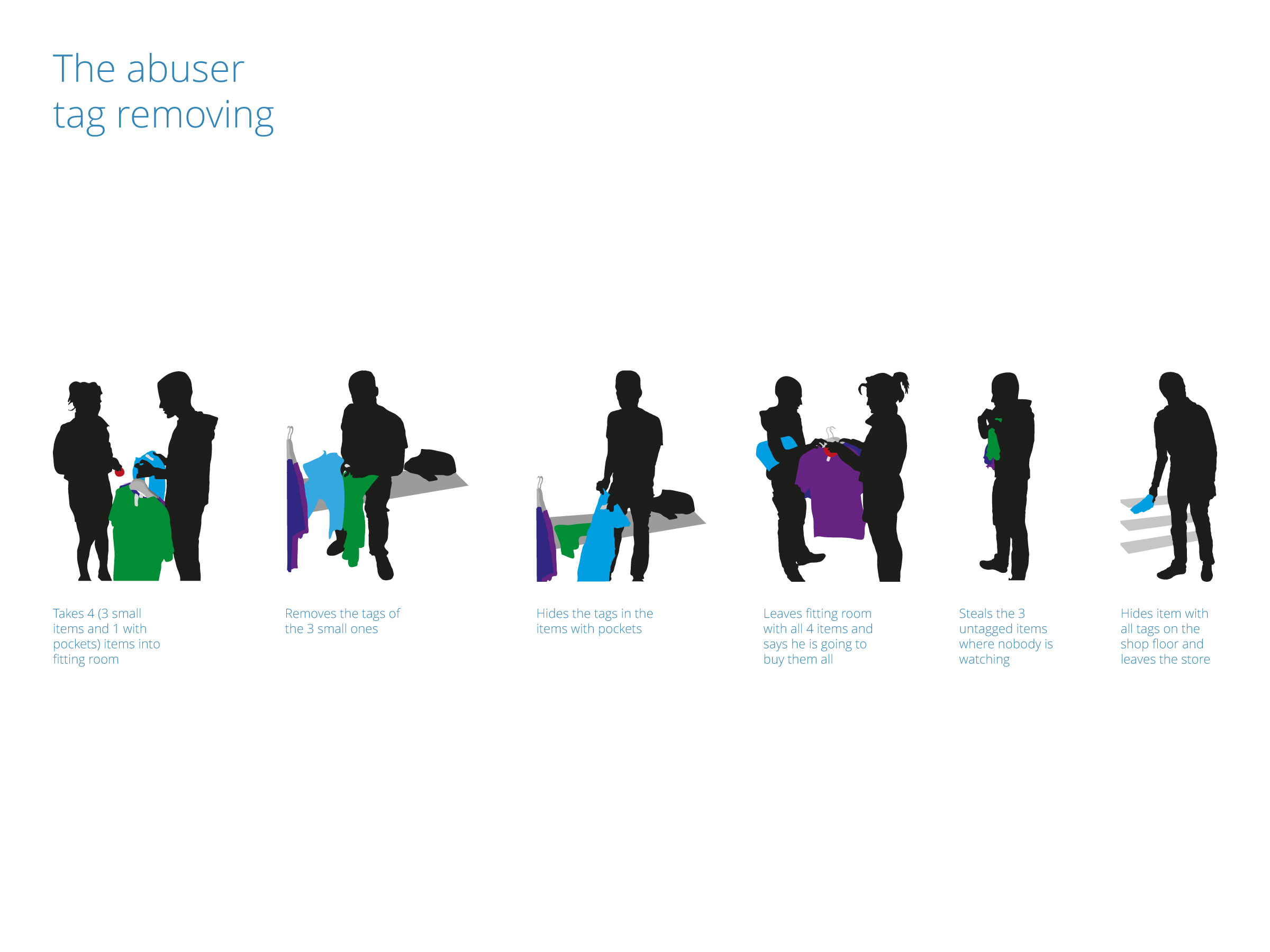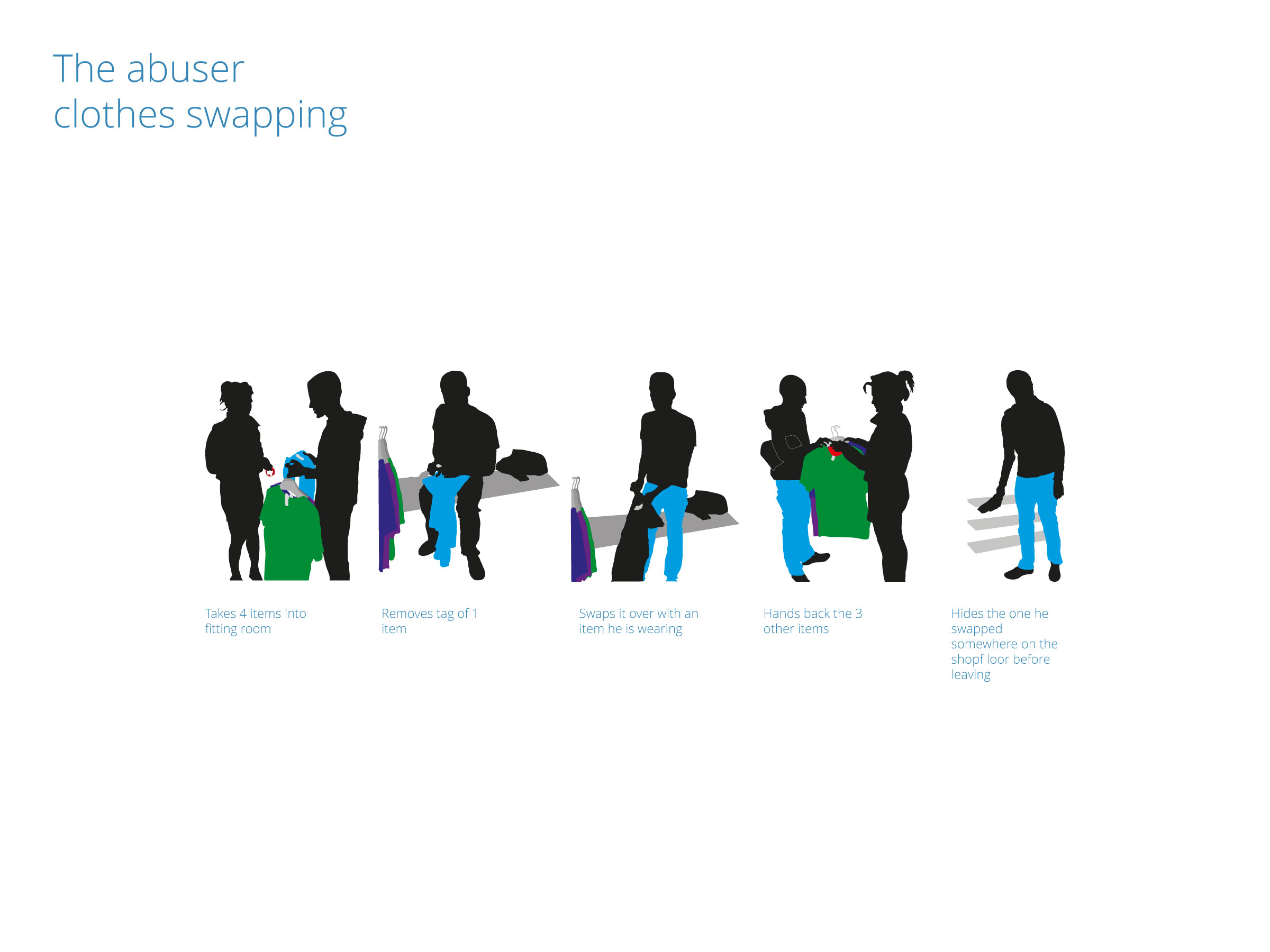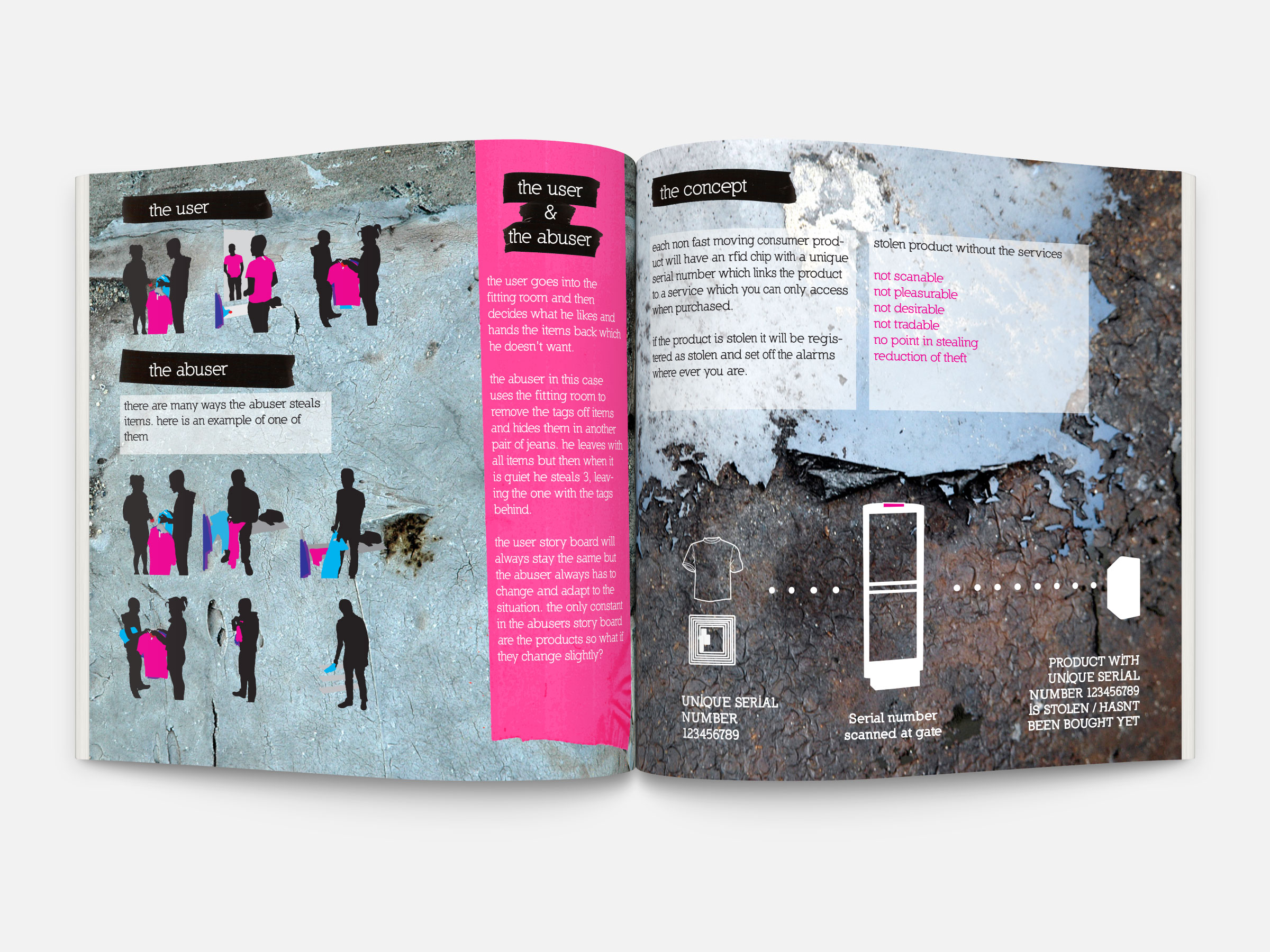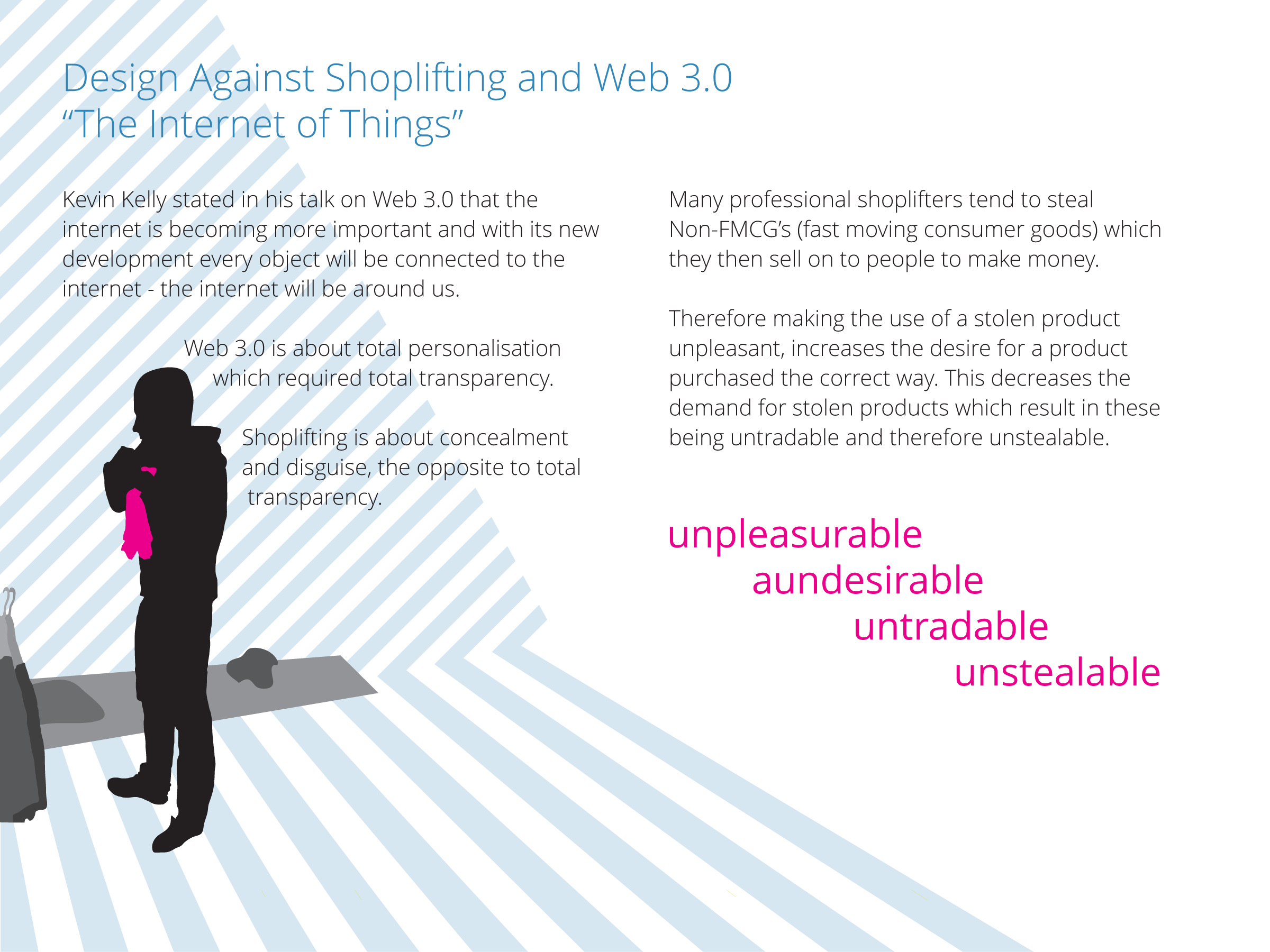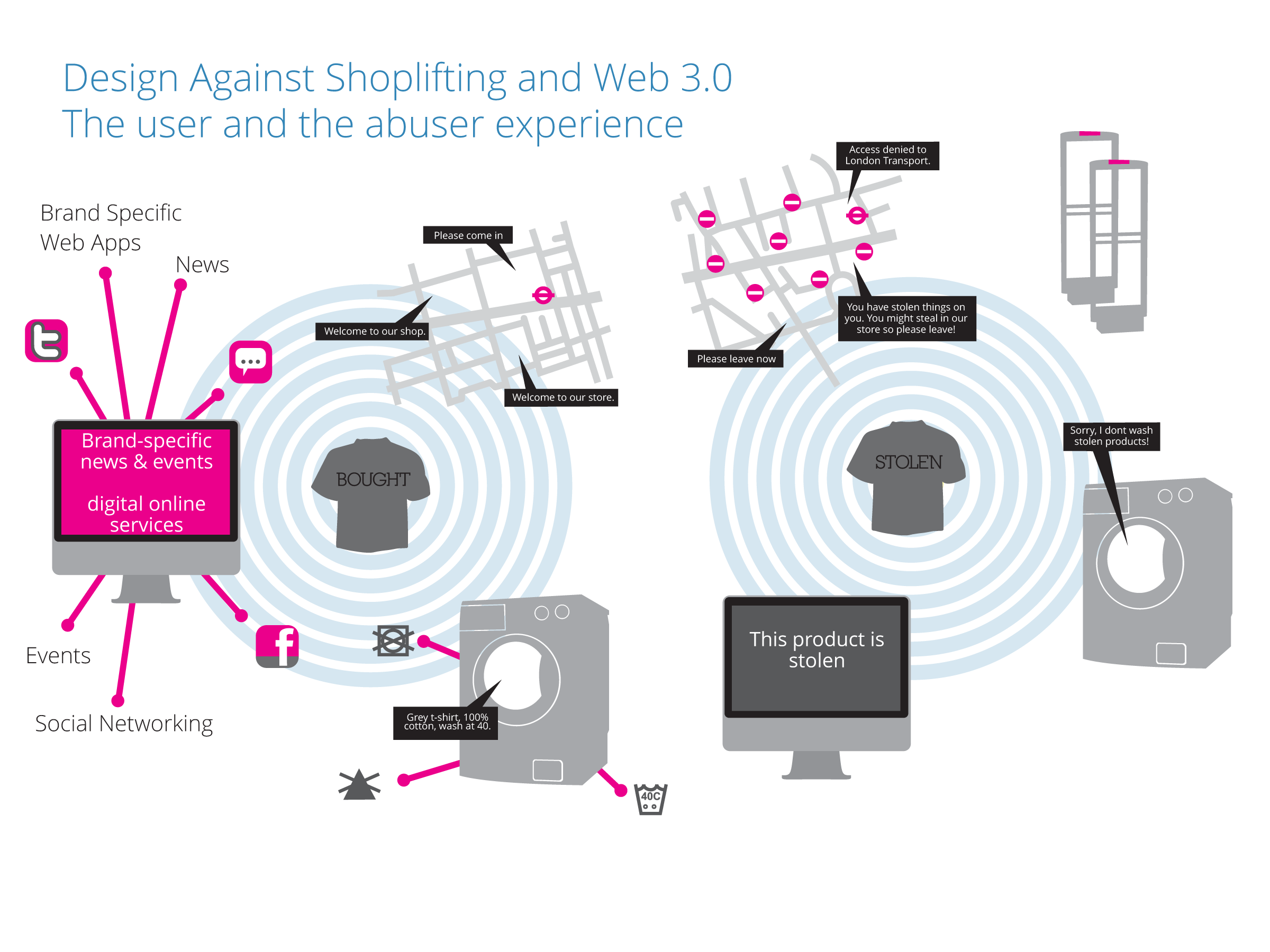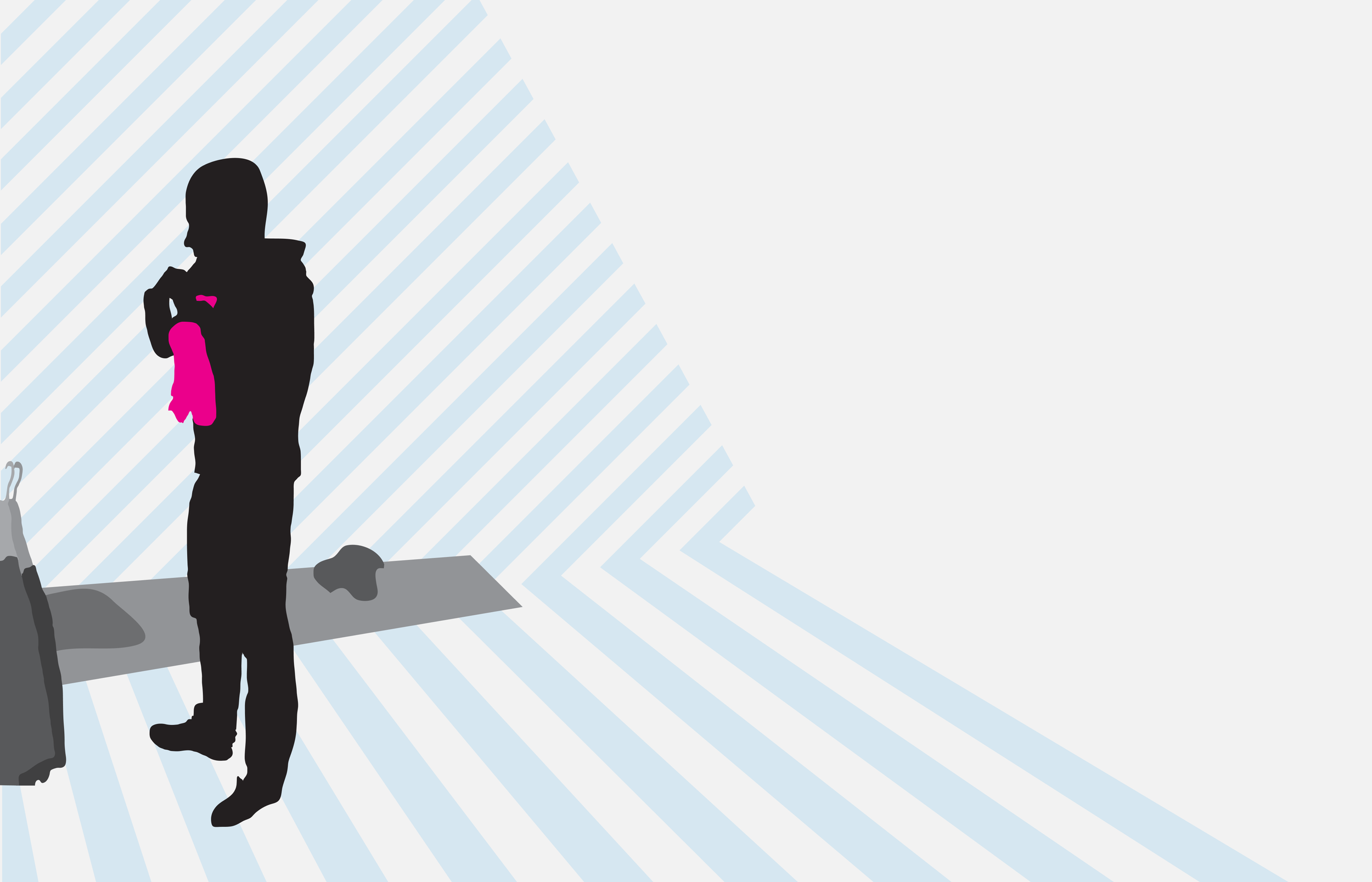
Design Out Shoplifting:
Reducing Theft by Adding Digital Capabilities to Physical Products
BA (Hons) Product Design
Central Saint Martin’s College of Art and Design, London
My final project at Central Saint Martin's College of Art & Design was a client project for Design Against Crime who asked us to consider ways in which design can reduce crime, in particularly shoplifting.
I developed a concept in which physical products are given digital capabilities which are activated once purchased, making stolen or even counterfeit products unpleasurable to use.
The recommendation is to integrate RFID chips into every single product making its use easier, enjoyable and more pleasurable. For example, when placing a smart garment into the washing machine it self-programmes. Counterfeit and stolen products will not work, or even stop other products from working.
Design Against Shoplifting and Web 3.0 “The Internet of Things”
Kevin Kelly stated in his talk on Web 3.0 that the internet is becoming more important and with its new development every object will be connected to the internet - the internet will be around us.
Web 3.0 is about total personalisation which required total transparency. Shoplifting is about concealment and disguise, the opposite to total transparency.
Many professional shoplifters tend to steal non-FMCG’s (fast moving consumer goods) which they then sell on to people to make money.
Therefore making the use of a stolen product unpleasant, increases the desire for a product purchased the correct way. This decreases the demand for stolen products which result in these being untradable and therefore unstealable.
unpleasurable•undesirable•untradable•unstealable
Products which are stolen cannot be differentiated from non stolen products. Products don’t have any physical marks on them which make them look “stolen”, but in todays digital world where internet is playing an even greater role a digital “stolen”-sticker can easily be applied and managed in such a way that it is a desirable thing for users to have.
Integration of RFID technology
Each product should have a unique number assigned to it with which information can be accessed, including its “purchase-status” - e.g. not purchased, purchased or stolen, and also product or brand specific applications and services.
The Services have to be linked closely to the brand identity so that not having these services makes the product “half as good as the real thing” and therefore less or even not desirable.
Research
It was important to understand our users and abusers – shoppers and thieves – and the context in which they operate. We engaged with retailers and shop assistants in order to understand how they work and the challenges they face.
Understanding shoplifting
There are various techniques used to shoplift, including distraction, concealing, label changing, ‘bag drop’.
Presentation
This project was presented in form of a personal booklet which included an RFID chip. When touching in it on a RFID reader it would unlock digital content.
RSA Shortlisted 2010
Royal Society of the Arts
This project was a shortlisted submission for the "Design Out Shoplifting" Student Challenge in 2010. Design Out Shoplifting was a student challenge with Central Saint Martins and the Royal Society of Arts to generate anti-shoplifting designs. It was part of Design Out Crime, a 2008–10 initiative from the Home Office’s Design and Technology Alliance against Crime and the Design Council.




